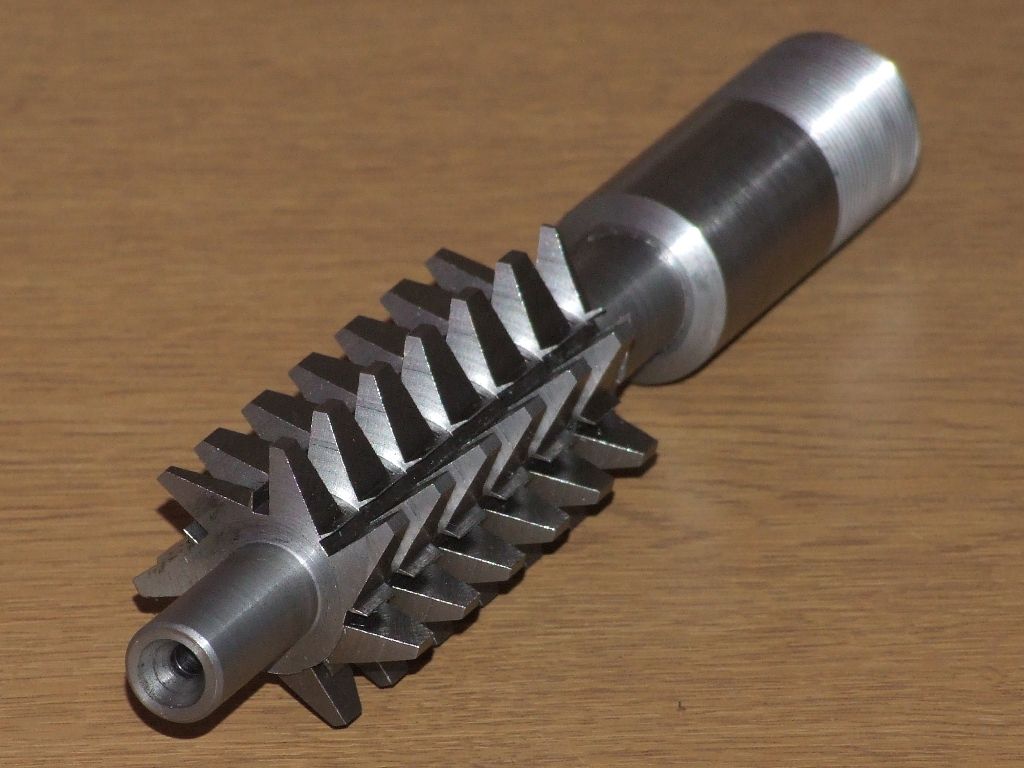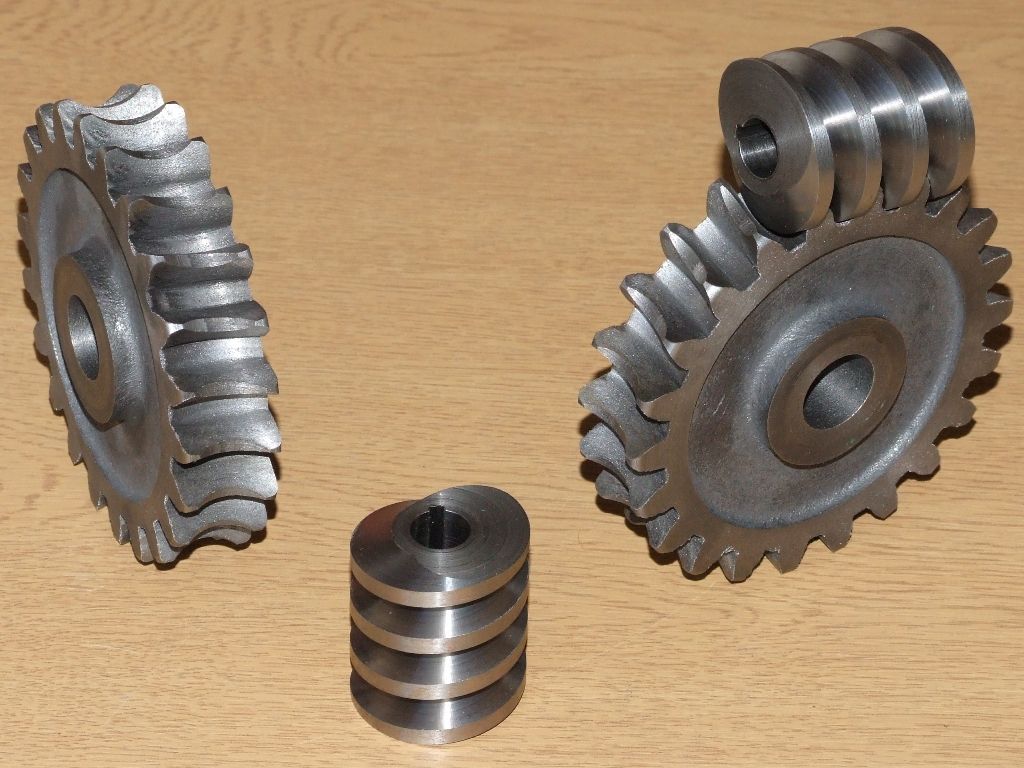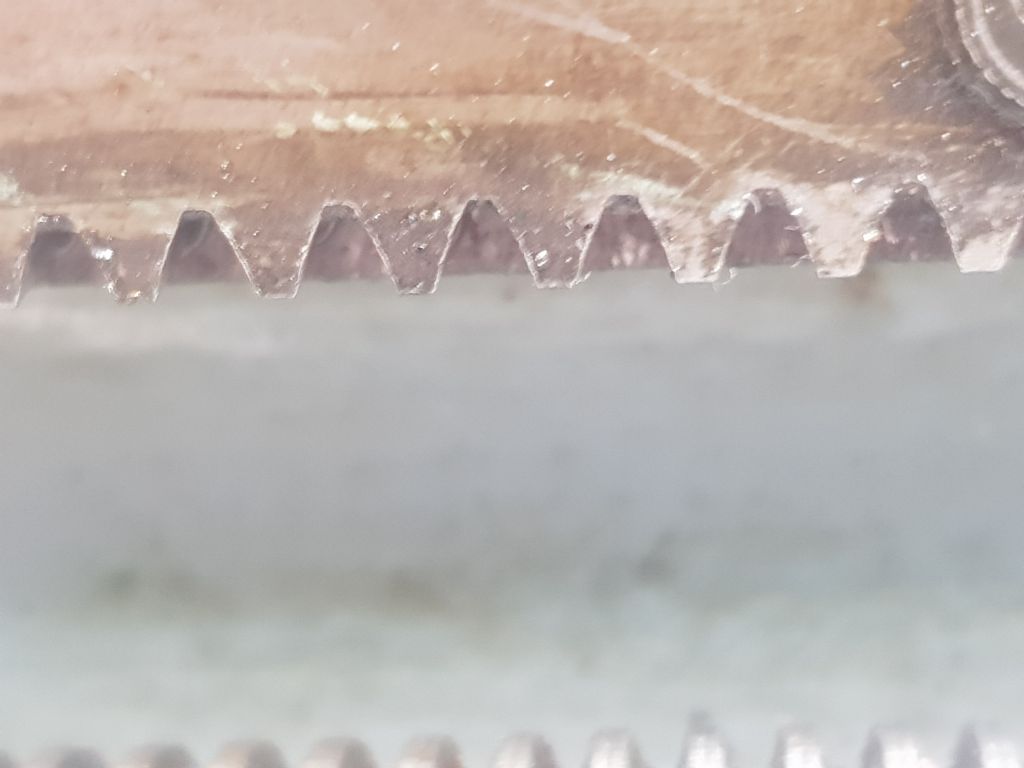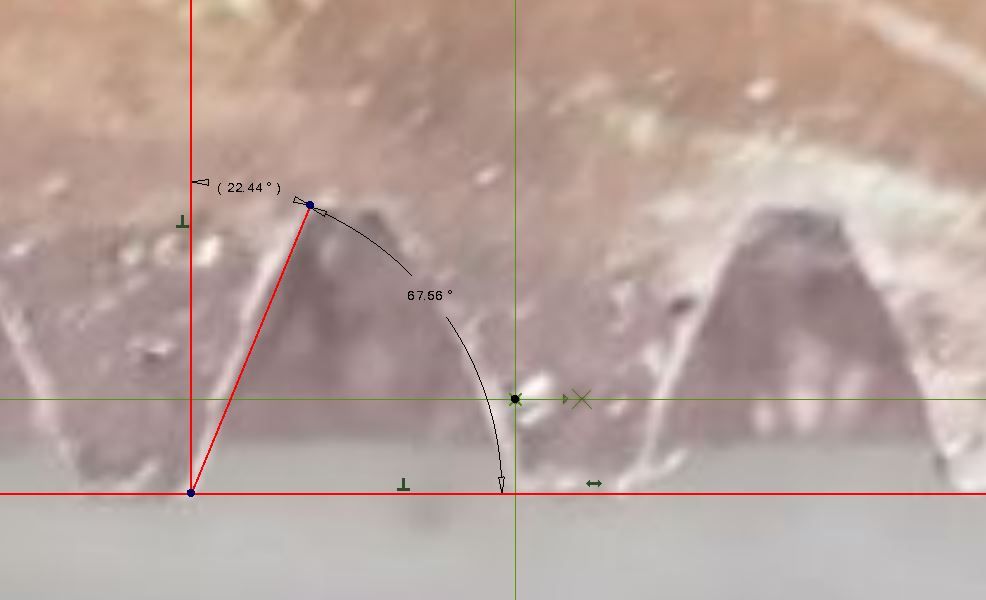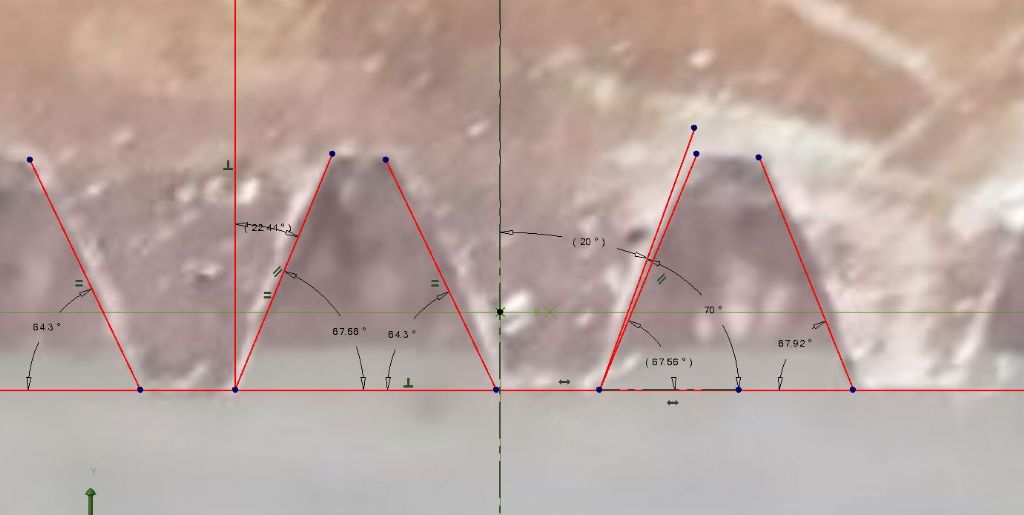Posted by brian jones 11 on 15/09/2021 22:27:24:
Well PR post a pic of a hobbing attachment – not a specialised hobbing machine – that doesnt count, its not for the hobby machinist.
My point here as I expect you noticed is that we all take for granted that a lathe is generally designed to be able to make screw threads. Its no big deal
But a mill isnt set up to make gears in a similar way (nor a lathe for that matter)
In both cases you can go for a dividing head and laboriously rake out each tooth
I dont know of a simple system that allows you to cut gears with ease and speed (I am discounting the modern use of stepper motors for the job for the purposes of this discussion. No electronics allowable
You need to lock the spindle rotation with the gear blank rotation by suitable gear chain and the whole should run and chew out a gear – you may need some movement of the cross slide if its a thick blank of course
Thats hobbing on gas
So is there a ready made attachment for mill hobbing?
Hence my pursuit of a cheap charlie way of knock up spur gears – we already know the worm gear method
and this is an expansion of this method
Brian I only pointed out your error so that the uninformed don't become the mis-informed, please don't take it personally.
There isn't a simple solution because it's not a simple process. You don't find ready-made attachments for mill hobbing because the fundamental requirement for hobbing is that the work rotation be timed to the cutter rotation, and your average milling machine doesn't allow for that (there may be some ancient machines that take the table drive from the spindle drive by a geartrain and if you find one of them then you could possibly adjust the gearing to suit).
Your mention of the worm gear method bears some exploration. Unlike straight spur gears which can be cut with any diameter cutter or hob a worm gear needs to be cut with the same diameter cutter as the mating worm, or else the helix angle is wrong and tooth engagement departs rapidly from ideal. This is very prohibitive for the home engineer as buying custom cutters is very expensive so the most viable options are:
1. Make a hobbing cutter from hardenable steel that mimics the worm you will make with added clearance. Harden it and grind the cutter teeth sharp. Not a trivial exercise but doable though a lot of work for a single item.
2. Make a single-tooth cutter to the form and diameter of the worm, tilt it to the helix angle and cut each worm wheel tooth separately. A very laborious task.
3. Make or modify your design so that a stock thread can be used as the worm and then a stock thread cutting tap can be utilised as a cutter to hob the teeth onto a pre-gashed wheel.
No3 is often used out of necessity because it can give a good return of effort vs reward in terms of producing a workmanlike result for very little time and effort, The 'wrap-around' nature of the wormwheel teeth allows for a decent flank area for the worm 'cutter' to self-drive the wheel (unlike the spur gear's point contact) and if the material isn't too hard and the work well lubricated can produce very nice results. If the worm is pre-gashed (always recommended) you'll hit your desired tooth count every time.
The reason why pre-gashing is recommended for free-hobbing is because the pitch of the cutter (or tap, which is a hobbing cutter in this respect) is fixed but the pitch of the teeth on the wormwheel is larger at the OD than at the base circle and only matches the cutter pitch at the pitch diameter. When you start cutting the tips of the cutter will cut the edge of the blank and drive it somewhat however because the hob's pitch which is correct for the pitch diameter but starts cutting on the much larger OD it will naturally try to divide the OD into a greater number of divisions (teeth) than you require. Pre-gashing the work allows you to start your hobbing at a depth that matches the pitch of the cutter more closely to the pitch of the wormwheel at the pitch diameter which has two benefits:
1. You get the tooth count you want
2. The cutter will cut more equally both sides.
You see, by starting your cutting at the outside diameter the distance between each cutting start is 'short' for the tooth spacing at the OD, in order to continue towards full depth the cutter has to continuously shift the tooth profile around the blank away from the driving flank. When your cutting depth gets to the pitch diameter the pitch on the cutter is now correct for the cutting diameter and it will naturally cut the correct number of teeth. As you pass pitch diameter and approach full depth the pitch of the cutter is now 'long' for the diameter at the cutter tip which is why you get under-cut on small tooth count gears (not that you're going to get under-cut at 30 degrees pressure angle).
So, if you can gash the blank to at least the depth of the pitch diameter you stand a much better chance of getting a good result from your free-hobbing exercise in terms of correct tooth cound AND quality of cut because the load on the cutter and on the driving flank are greatly reduced.
So you see, worm-wheel fre-hobbing is borne of necessity but free-hobbing spur gears is not because there is no real requirement to. As you have demonstrated, it is actually possible but the result (subject to personal opinion) most often fall far short of what constitutes an even moderately well-made gear.
This is my personal take on the matter. Feel free to disseminate, disagree or criticise my thinking I will not be offended.
Pete.
Martin Kyte.


